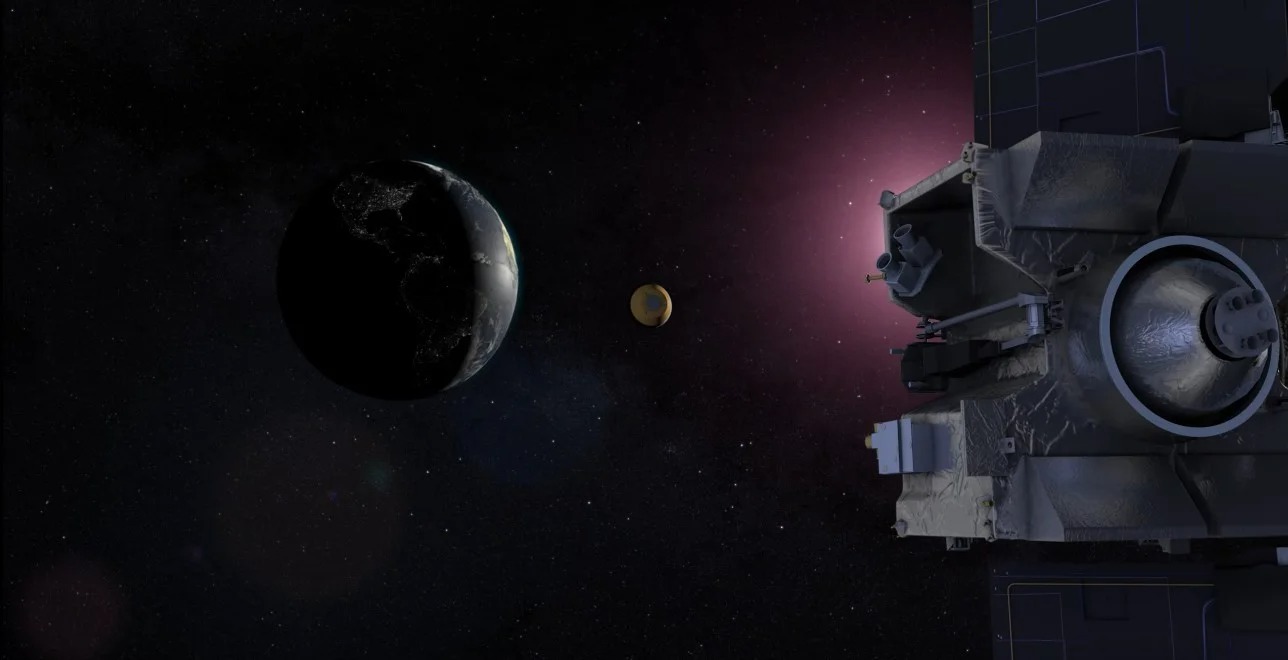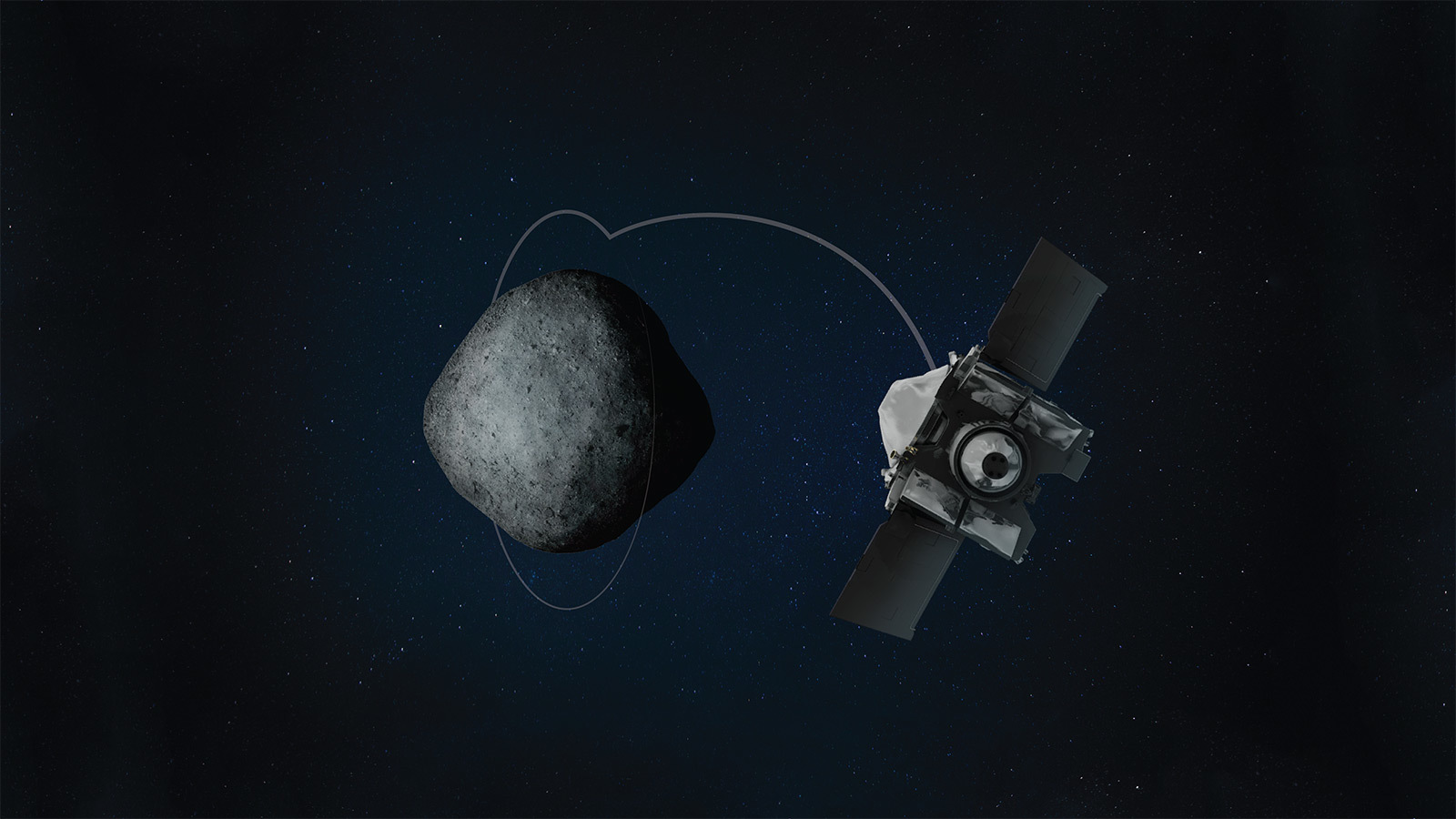NASA’s OSIRIS-REx spacecraft collected samples from the asteroid Bennu in October 2020, and in May 2021, the spacecraft set a course to return to Earth to deliver valuable material. This week, the spacecraft performed a trajectory correction maneuver. We now expect the arrival of OSIRIS-REx in September 2023.

NASA has shared more detailed information about exactly how the spacecraft will deliver an asteroid sample to Earth, as this is not an easy process. OSIRIS-REx was not created for landing, because its design will not even withstand entry into the atmosphere of our planet. Instead, it will drop a capsule with samples from the asteroid Bennu into the atmosphere, which will withstand high temperatures during descent and gently descend to the surface.
“This maneuver will be quite difficult. If the capsule’s descent trajectory is tilted too high, it will push off from the atmosphere and fly back into space. And if it’s low, it will burn up in the Earth’s atmosphere,” explained Mike Moreau, deputy project manager of OSIRIS–REx at NASA’s Goddard Space Flight Center.

The above is the reason why the spacecraft needed these trajectory maneuvers. This is necessary to make sure that the device will be exactly in the right place in September next year to drop the capsule at the right angle.
The recent trajectory maneuver was only the first performed by a spacecraft. Subsequent maneuvers are scheduled for July 2023. When the capsule is dropped into the atmosphere, it will slow down with the help of a parachute during descent. We hope that the capsule will land in exactly the planned place at the test and training ground of the Air Force “Utah” in the desert of the Great Salt Lake, from where it can be picked up for further scientific research.
Earlier we reported about 12 interesting facts about asteroids.
According to NASA
Follow us on Twitter to get the most interesting space news in time
https://twitter.com/ust_magazine

